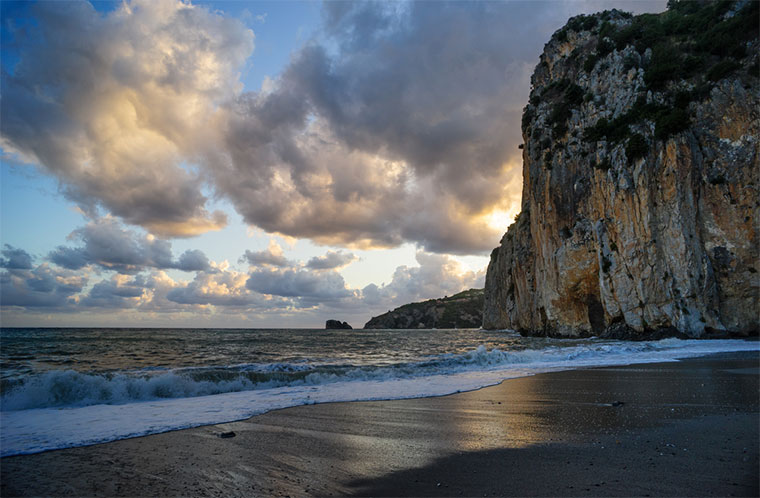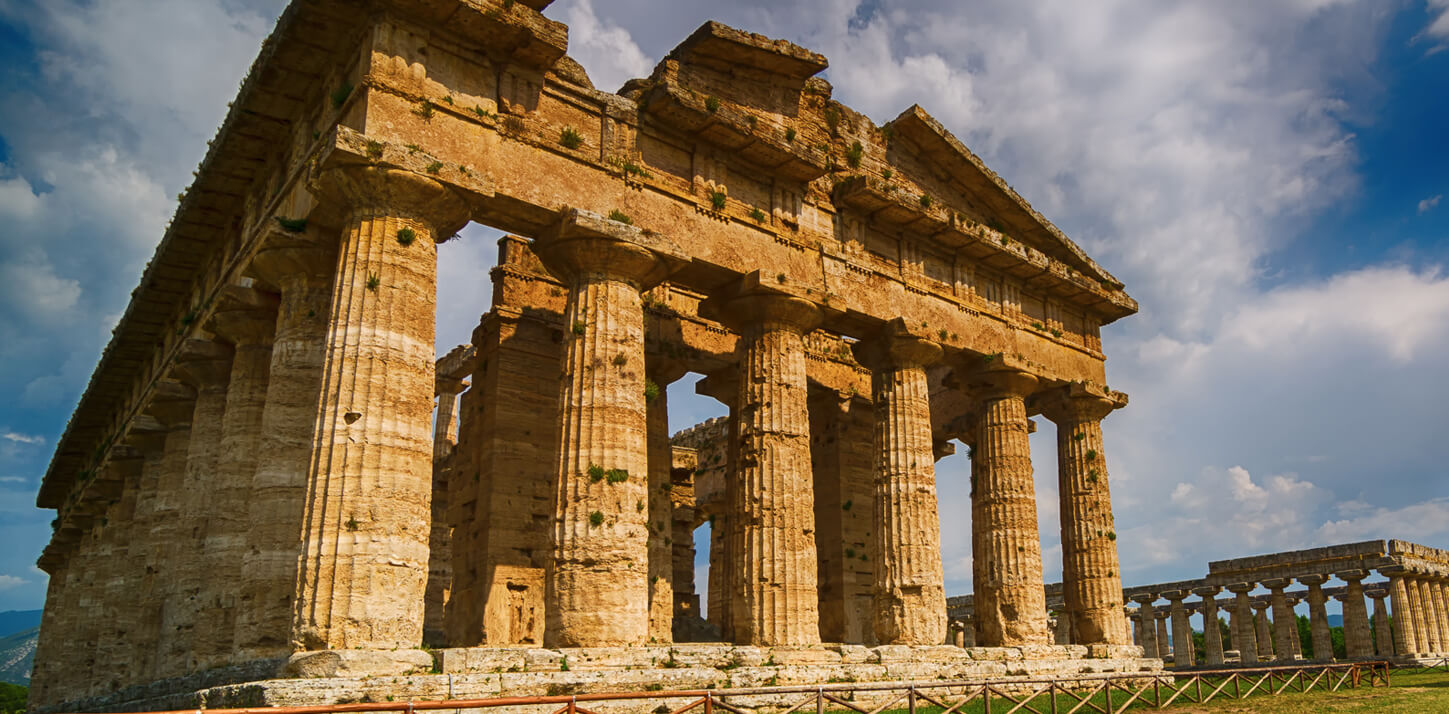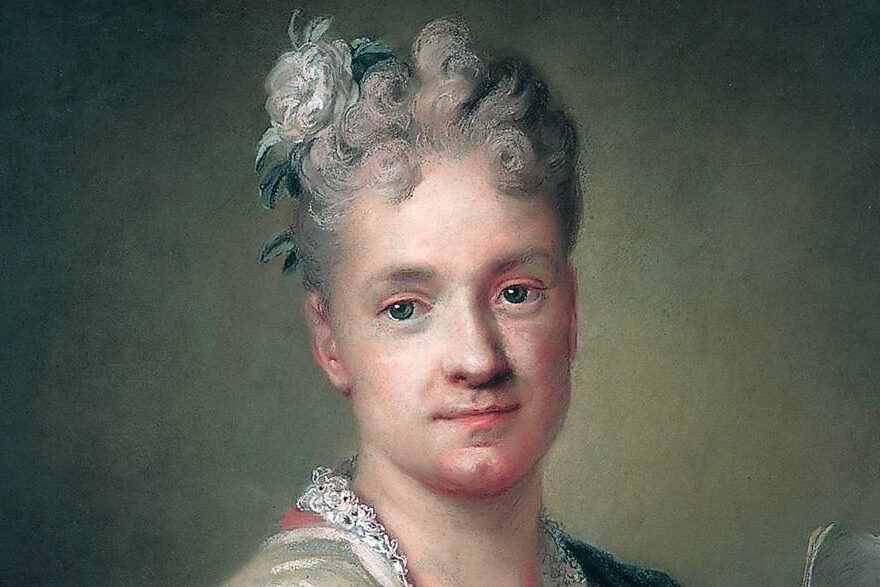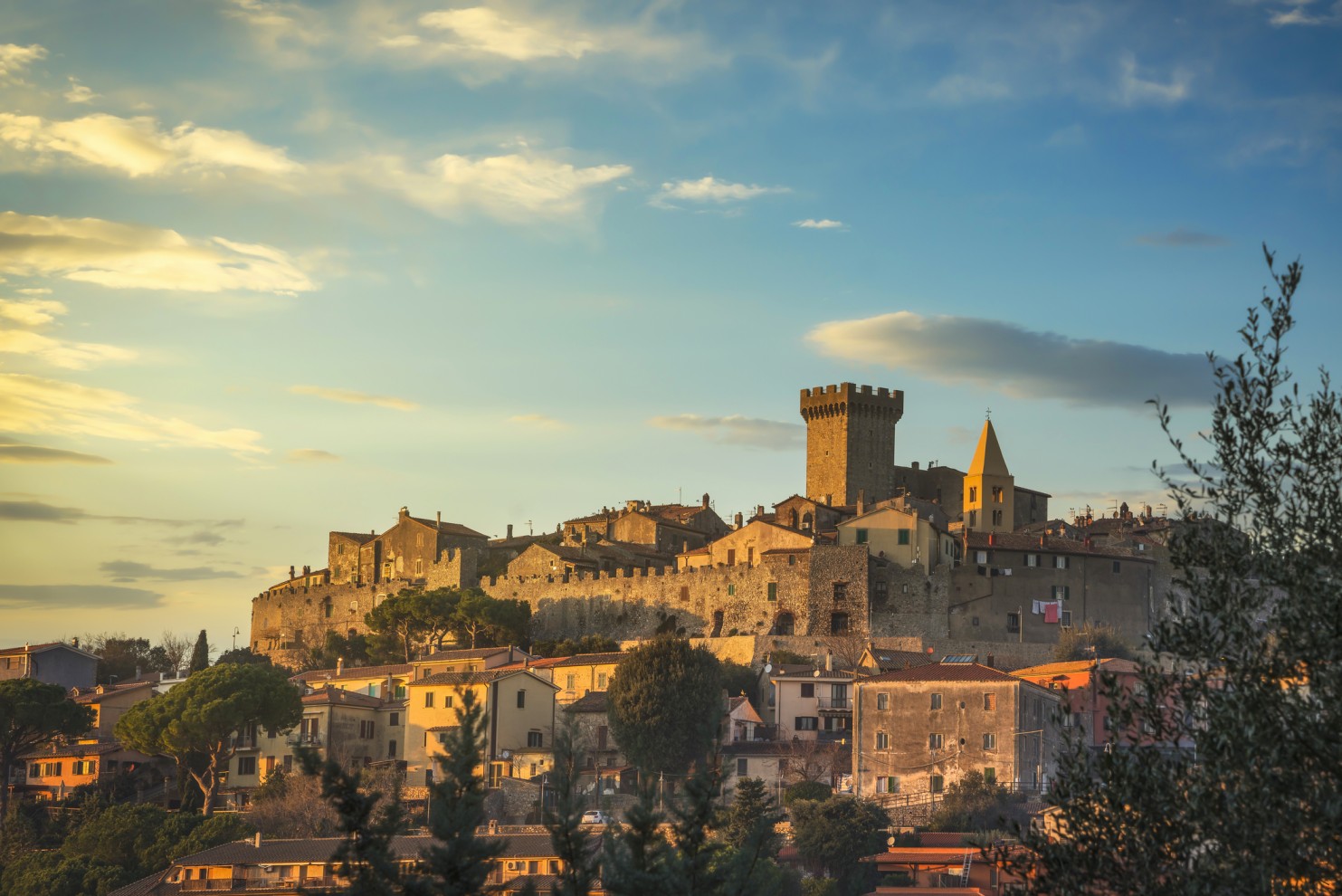Compared to the Amalfi Coast, its bustling neighbor in the province of Salerno, Cilento might seem like land that time forgot. Long stretches of its beaches remain untouched by mass tourism and a time-honored way of life continues in its countryside, where medieval borghi largely stand in their original state and small agricultural operations hand make sublime artisanal products.
But it is certainly a land remembered in the long sweep of history and myth. It is where Palinuro fell in love with the cold-hearted nymph Kamaratòn, where some of the best temples of Magna Graecia were built and remain, and in much more modern times, where the Allies first invaded mainland Europe in WWII and created their own legends with the names of Cilento’s hamlets and villages attached.
And that underdeveloped state could be its greatest asset. Home to Blue Flag – or entirely pristine – seas and Italy’s second-largest national park, the region with 90 municipalities offers azure waters and sky, cascading streams, deep ravines and towering peaks. Peregrine falcons fly overhead, and wild foxes and boars still roam its interior.

Detail ancient Greek Fresco in Paestum, Italy, called the “Tomb of the Diver” depicting men during a banquet.— Photo by peuceta
Paestum is Cilento’s most impressive archeological site. Honored by Goethe and Shelley for its magnificent Greek temples and long sandy beach, it was founded by the Greeks as Poseidon in the 7th century BC and colonized by the Romans in 273 BC.
On our way to the dazzling site, we stopped at Masseria Lupata, where Raffaele Barlotti produces the best mozzarella di bufala in town. We bought Raffaele’s house-made products and sat down for a short break to savor his delicately mild and sweet mozzarella while admiring a spectacular view of the ancient city. Masseria Lupata on the Strada Degli Argonauti is in an atmospheric spot built in 1670 inside the ancient walls for the King of the Two Sicilies, just 10 meters from Porta Marina, the main gateway on the Paestum seaside.
Raffaele also prepares caciocavallo dell’emigrante, a delight of the Vallo di Diano, made with scamorza cheese stuffed with soppressata, invented for emigrant “smugglers” who took it with them to America. They hid the salami inside cheese because U.S. customs laws prohibited import of meat on arrival.

A view of Acciaroli harbor at sunset from the main pier— Photo by rosariomanzo70
Further down the coast, soon after Hemingway’s favorite village Acciaroli, we visited Ascea with ruins of the Hellenistic town of Elea, an important port of Magna Graecia home to the greatest Pre-Socratic philosophy school, the Eleatic school of Parmenides, Zeno and Melissus of Samo.
With such a rich history, Cilento is mecca to gourmands. We stopped by the tiny Marina di Pisciotta just to taste the alici di menaica, anchovies honored by the “Slow Food” movement, then we turned up inland to Controne, a tiny inland village at the foot of the Alburni massif.
In Controne, Domenico Tancredi from the family-run Azienda Agricola Nicola Tancredi produces an extraordinary extra-virgin olive oil made only from de-pitted fruit, which guarantees a product richer in polyphenols and more delicate and sweeter in taste. Azienda Tancredi also grows the delicious beans of Controne, a small, pure-white bean, slightly oval in shape, without eyes.

Sunset above the cliff of cape Palinuro in Campania, Italy— Photo by michelecaminati
Though rightfully renowned for their love of food, Italians can be just as discerning about nature. When we arrived in Palinuro, named after the helmsman of the Aenaid who fell overboard close the coast and was killed by local inhabitants, we were stunned by the blue-on-blue beauty of the sky and sea.
Our boatman Alessandro has made his living for more than 20 years helping visitors explore the rugged coast lined with sea caves, grottoes and cliffs around Palinuro (www.costieradelcilento.it). He caters to knowledgeable locals and savvy international clients with honest local prices that include professional services in the English language. As a private guide, he brought us to the stunning caves Grotta Azzurra, where the water is a dazzling aquamarine, and Baia del Buondormire, together with the prehistoric Grotto of the Bones. After we were taken by boat, he hosted us for the day in his lido, a paradise for scuba divers, and then drove us in his shuttle to our hotel for free.
The Grand Hotel San Pietro in Palinuro is one of the best options as a base in the heart of this exquisite region (www.grandhotelsanpietro.com). Owner Rita Corradin Cerullo has also created a legend of sorts. Sixty years ago she began hosting tourists – mostly returning foreigners who first saw Palinuro in the heat of battle during WWII. Run with the help of her son Pietro Cerullo, the San Pietro of today is a modern full-service hotel with comfortable rooms burnished by handmade Vietri ceramic tiles and views on Cape Palinuro. Also offering a sea water pool and private beach, it has an excellent restaurant that sources its ingredients locally.
Not to be missed is the medieval hilltop town of Castellabate dominated by a 12th-century castle. From the hamlet of San Marco we began a spectacular trek up to the summit of Mount Licosa. The area is named after the siren Leukosia who came there to die, as told in the Odyssey, after she failed to lure Ulysses ashore with her singing.






























